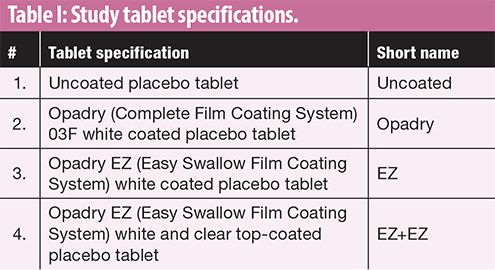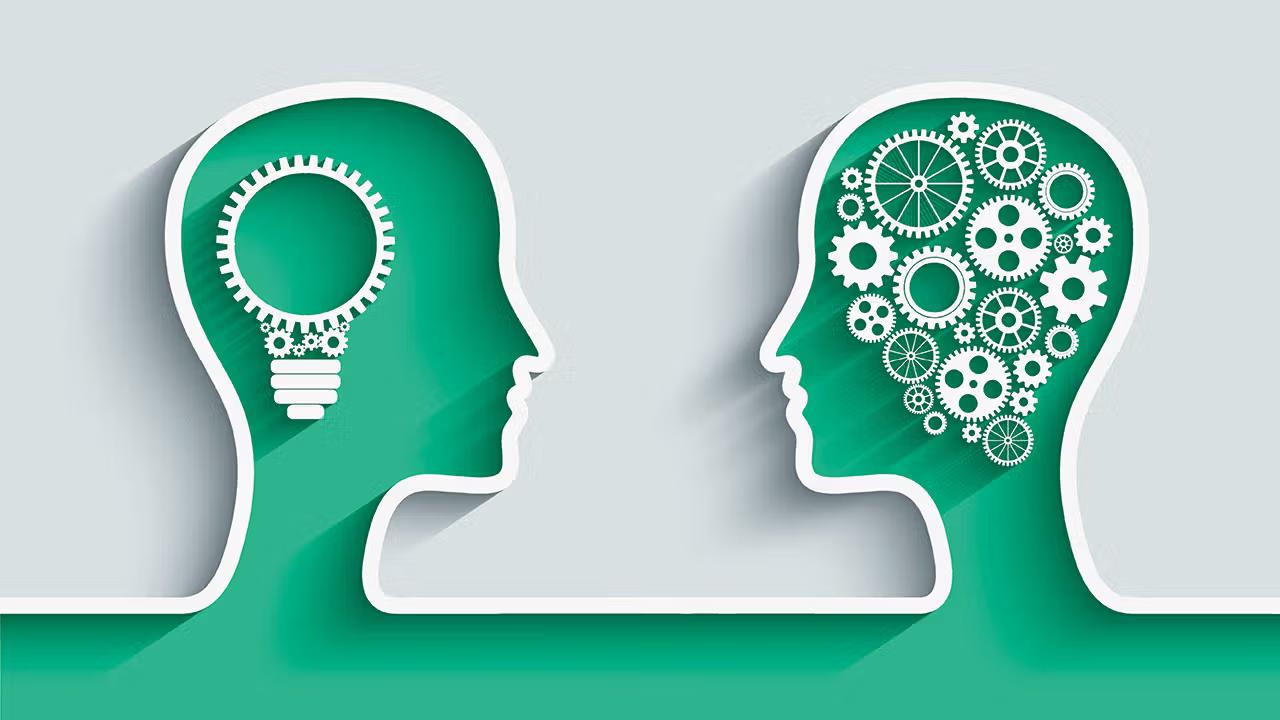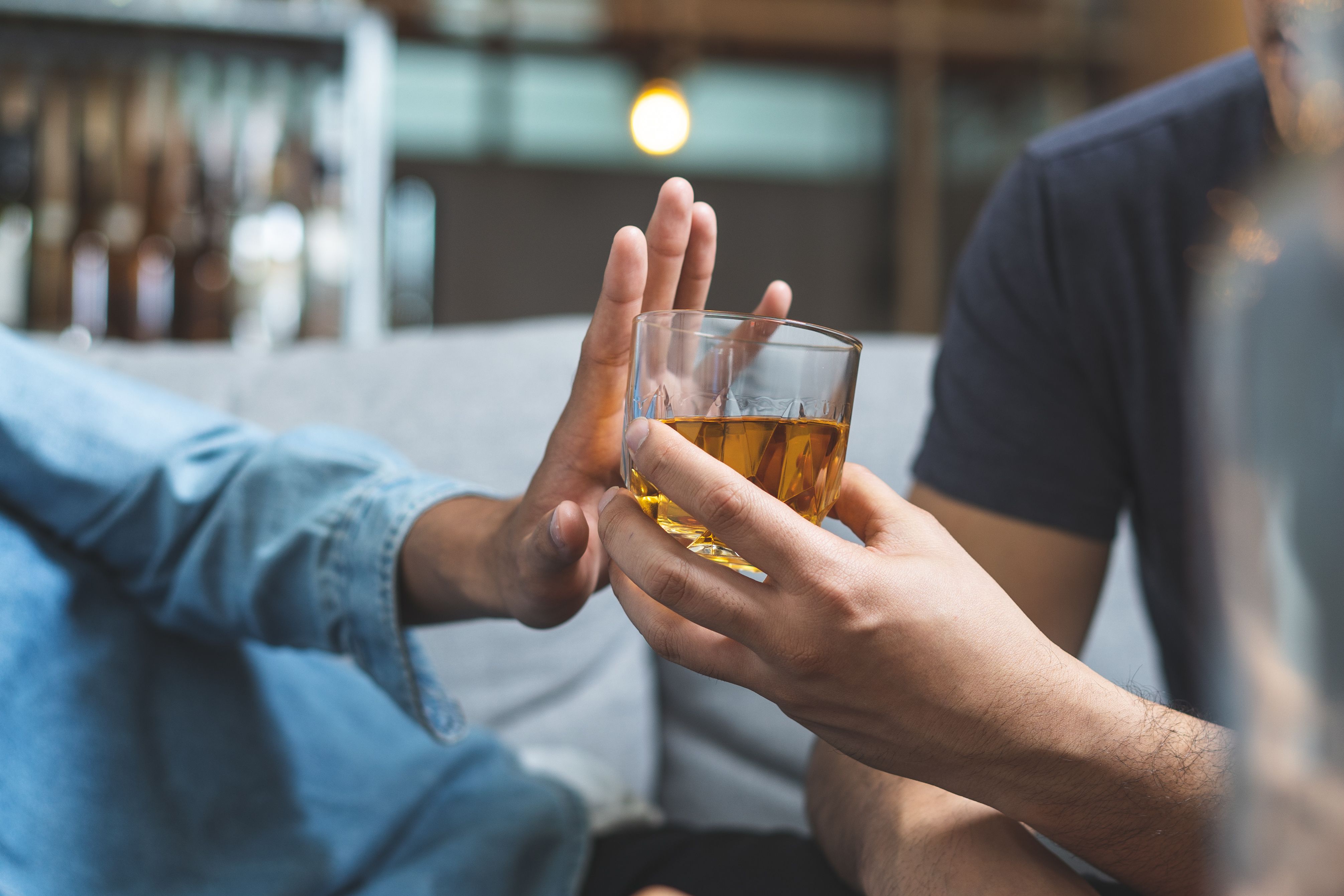News
Article
Pharmaceutical Technology
Gilding the Pill
Author(s):
Market demand and regulatory guidance continues to promote improved medication design.
ALEXSHYRIPA - STOCK.ADOBE.COM

Patient acceptability of a drug is a key issue during the development process. With almost four in 10 adults reporting difficulty in swallowing tablets, medication design continues to be a topic of concern for the pharmaceutical industry.
In the case of children, the elderly, and psychiatric patients, their physiological and cognitive responses may be different from those of the general population. Individuals may also experience specific problems associated with health conditions, disease status, and drug therapy-associated factors. Perception of medicines and a willingness to take tablets may be as important as physical difficulties in swallowing or dysphagia.
If a tablet is difficult to swallow, patients may delay taking a dose, choose to skip a dose, or may stop taking a course of tablets. This has an impact on patient safety, therapeutic outcomes, and can also contribute to antimicrobial resistance-if the full dosage regime is not completed.
As the number and variety of medicines available increases and people are living longer, patients are often taking multiple medications and supplements. While taste, smell, and palatability are of importance in developing pediatric formulations, factors to support safe swallowing are crucial for elderly patients, especially to prevent the risk of choking.
Companies are increasingly using innovative approaches to improve patient experience and patient outcomes. They recognize that drugs must meet the needs of target populations. Focusing on the specific needs of patients ensures ‘safety-by-design’ and has an impact on the drug’s success in the marketplace. This may include formulating drugs with extended release profiles to reduce dosing frequency or using combination drugs. However, this approach can lead to larger tablets, which can negatively impact the ability to swallow.
Regulatory guidance
In the past few years, FDA in the United States and the European Medicines Agency (EMA) have issued guidance documents encouraging pharmaceutical companies to design products that promote patient compliance and reduce medication errors. In practice, this means that tablets should be of an appropriate size and shape to enhance swallowability and palatability of the drug. Tablet weight, surface area, disintegration time, and propensity for swelling should all be considered when designing products.
EMA has issued a comprehensive guide on minimizing risk for patients, which considers particular concerns for elderly patients who are prone to esophageal retention and risk of aspiration, and are more likely to experience conditions that lead to impaired swallowing, such as stroke or Parkinson’s disease. Both the pediatric and geriatric populations will gain a huge advantage from the advances in pharmaceutical technology, which offers bespoke formulations to meet their specific needs.
One important advance, recognized by regulatory agencies around the world, is the contribution of film coatings applied to tablets and multi-particulate dosage forms; bringing benefits that include:
- Achieving the desired immediate- (IR) or modified-release (MR) profile
- Easing swallowability by increasing mobility compared to an uncoated tablet of the same size and shape
- Improving the palatability of tablets by masking unpleasant tastes and odors
- Improving the esthetic appeal of tablets
- Allowing easy identification, thereby minimizing the risk of medication errors, which are currently reported to harm 1.5 million people each year
- Enhancing the performance of the drug, protecting it from the environment, reducing friability and dusting issues, and ensuring better stability of the overall formulations.
From the point of view of the patient and the regulator, the crucial advantages of film coating are enhanced swallowability, improved visual appeal, and easier identification, which leads to greater patient safety and compliance, as well as fewer medication errors. For the drug company, film coating also improves process efficiency, provides an effective moisture barrier, achieves better core protection, and enhances the mechanical properties of the tablets for their handling during packaging and transport.
Evaluating film coatings: Study overview
Film coating specialist, Colorcon, has performed many studies to assess potential solutions to the problem of swallowability. It has conducted research into a wide range of associated factors: tablet size, coating, weight, shape, surface area, disintegration time, palatability, and propensity for swelling.
Most recently, the company set up a study, in conjunction with the University of Birmingham, United Kingdom, that evaluated the impact of various film coatings on the ease of swallowing and ‘mouthfeel’ of tablets for 86 healthy adult volunteers, to determine which factors were most associated with improving the swallowing experience (1). Mouthfeel was found to be more important than taste for patient acceptability.
A single center cross-over study was used to measure the mouthfeel and swallowing experience of four 19mm placebo tablets. One tablet was uncoated, and the other three were coated as detailed in Table I.

All participants completed a background questionnaire and then received the same four samples in a randomized order. Participants were asked to score the mouthfeel after holding the tablet in their mouth for 10 seconds based on the following parameters: smoothness, stickiness, slipperiness, and palatability, using visual analog scales (VAS). They were asked to rank the tablets in order of preference for ease of swallowing. The time taken to swallow the tablet and the volume of water used to aid swallowing were also recorded.
Wilcoxon’s test was used to determine specific differences between samples; this was used to look at differences between the three coated tablets and significant differences were reported when p<0.0167 (derived from p=0.05 divided by the three samples; 0.05/3).
In the analysis of the mouthfeel parameters, the uncoated tablet was always statistically significantly worse compared to the three coated tablets based on the VAS scores, p<0.01 from the Wilcoxon’s test. Pairwise comparisons between the coated tablets showed significant differences (2).
When the tablets were ranked in order of preference based on overall swallowing experience, the favorite sample was EZ+EZ, which was the first choice for 37.8% of participants, followed by EZ. Opadry ranked third, and the least popular was the uncoated tablet (Figure 1).
Figure 1: Study participant preference ranking of tablets. [FIGURES COURTESY OF COLORCON]

All coated tablets had a better mouthfeel (in terms of being smooth, non-sticky, and pleasant), required less volume of water to swallow, and were swallowed more quickly than uncoated tablets. Palatable samples were reported to have smooth and slippery textures with no pronounced taste. The slipperiness of the tablet was found to be the best predictor of the ease-of-swallowing.
The tablet finish that was preferred by volunteers was the Opadry EZ film coating-either pigmented or with additional top-coat for extra gloss. This reportedly increased mobility during the swallowing process, according to the study participant responses (3).
Compared with other coating formulations, the slip provided by this coating, once wet, significantly reduced the probability of sticking in the throat or esophagus during the swallowing process. The improved tablet flow, combined with a glossy finish, encourages better patient compliance and consumer appeal (4).
The ability to detect differences in tablet coatings was influenced by age and gender, with younger females showing the greatest ability to distinguish between the samples. Although the study did not include any children or geriatric volunteers, it is hoped that the findings may be used in future studies to understand how the work translates into these patient populations.
Patient benefits
Colorcon will now incorporate the results of this study to reinforce the patient benefits for tablet coating. The company anticipates that this approach will support the pharmaceutical industry to create products that satisfy both the perception and reality of ease of swallowing for all ages, mitigating adverse events such as pain, gagging and choking, and allowing clear differentiation between drugs.
References
1. J.K. Czarnocka, et al., “The Critical Attributes of a Film Coating to Make a Tablet Easy to Swallow,” Poster presented at AAPS (Washington, DC, Nov. 4–7, 2018).
2. J.K. Czarnocka, et al., “Evaluation of Ease-of-Swallowing and Sensory Assessment of Coated Placebo Tablets,” Poster presented at EuPFI (London, UK, Sept. 12–13 2018).
3. J.K. Hofmanová, et al., Int. J. Pharm. 562 (May) 212–217 (2019).
4. J.K. Czarnocka, et al., “Patient’s Texture Vocabulary: Coated and Uncoated Tablets,” Poster presented at EuPFI (London, UK, Sept. 12–13 2018).
Article Details
Pharmaceutical Technology
Supplement: Solid Dosage Drug Development and Manufacturing
April 2019
Pages: s10–s12
Citation
When referring to this article, please cite it as K. Boyer, “Gilding the Pill,” Solid Dosage Drug Development and Manufacturing Supplement (April 2019).
About the author
Kelly Boyer is general manager, Film Coatings at Colorcon Inc.

Newsletter
Get the essential updates shaping the future of pharma manufacturing and compliance—subscribe today to Pharmaceutical Technology and never miss a breakthrough.





